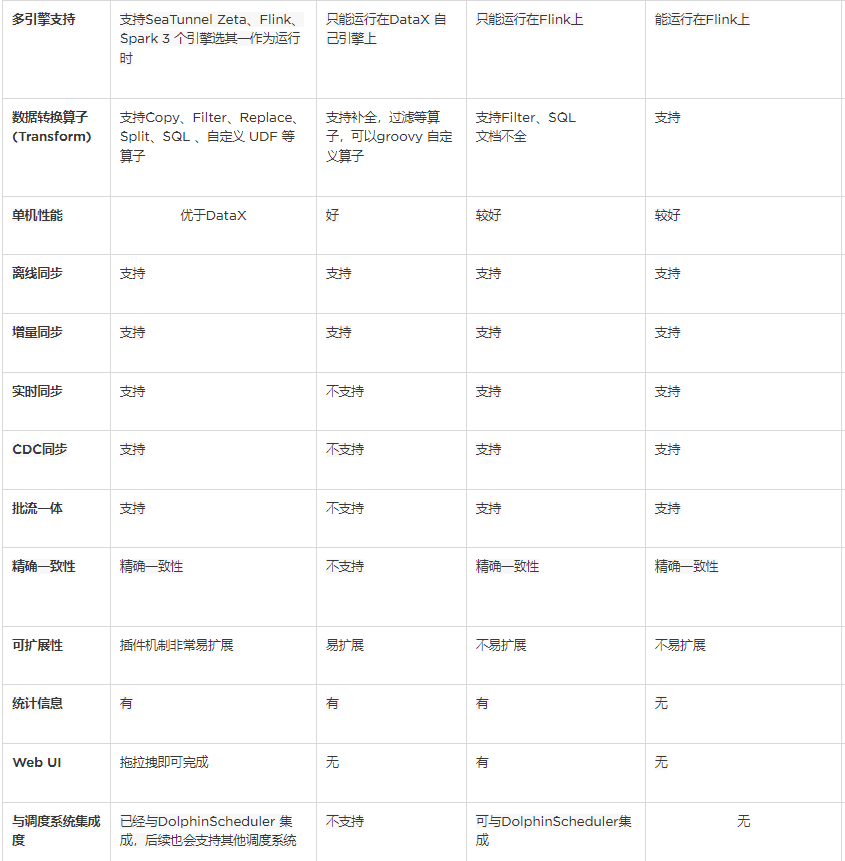目录
- 什么是Spring?
- 什么是Spring IOC?
- 如何创建一个Spring IOC项目?
- 1. 导入Maven项目依赖
- 2. 准备一个实体类(先定义接口再实现)
- 3. 准备配置文件
- 4. 在Test类中测试
- IOC中的Bean管理
- 实例化Bean的三种方式
什么是Spring?
框架相当于把原来servlet的工作分成了三层:表现层(接受和响应数据),服务层 | 业务层(分配任务、控制流程),持久层(与数据库交互)
ssm框架:springmvc + spring + mybatis,多用于互联网项目
ssh框架:springmvc + spring + hibernet,多用于事业单位项目

- spring的核心有IOC(控制反转)、AOP(面向切面开发),DI(依赖注入)
什么是Spring IOC?
IOC又称为控制反转,指的是把对象的创建权力交给spring框架,底层实际上是使用反射实现的,用来降低程序的耦合度。
如何创建一个Spring IOC项目?
1. 导入Maven项目依赖
<dependencies>
<dependency>
<groupId>org.springframework</groupId>
<artifactId>spring-context</artifactId>
<version>5.0.2.RELEASE</version>
</dependency>
<dependency>
<groupId>commons-logging</groupId>
<artifactId>commons-logging</artifactId>
<version>1.2</version>
</dependency>
<dependency>
<groupId>log4j</groupId>
<artifactId>log4j</artifactId>
<version>1.2.12</version>
</dependency>
<dependency>
<groupId>junit</groupId>
<artifactId>junit</artifactId>
<version>4.12</version>
<scope>test</scope>
</dependency>
</dependencies>
2. 准备一个实体类(先定义接口再实现)
package com.qcby.service;
public interface UserService {
public void hello();
}
package com.qcby.service.impl;
import com.qcby.service.UserService;
public class UserServiceImpl implements UserService {
public void hello() {
System.out.println("业务层:你好!");
}
}
3. 准备配置文件
- 实例化Bean的三种方式(示例代码以第一种方式为例,全部实现方式见文章最后)
- 默认为无参数的构造方法:
<bean id = "us" class="实体类的路径(包含到类名)"></bean> - 静态工厂实例化方式:
<bean id = "us" class="静态工厂类路径(包含到类名)" factory-method="实例化方法"/> - 实例化工厂实例化方式,生成一个对象交给IOC:
<bean id = "dFactory" class="实例化工厂类路径(包含到类名)"/>,<bean id = "us" factory-bean="工厂名" factory-method="实例化方法"/>
- 默认为无参数的构造方法:
<?xml version="1.0" encoding="UTF-8"?>
<beans xmlns="http://www.springframework.org/schema/beans"
xmlns:xsi="http://www.w3.org/2001/XMLSchema-instance"
xsi:schemaLocation="http://www.springframework.org/schema/beans http://www.springframework.org/schema/beans/spring-beans.xsd">
<bean id = "us" class="com.qcby.service.impl.UserServiceImpl"/>
</beans>
4. 在Test类中测试
ApplicationContext接口是个工厂接口,使用该接口可以获取到具体的Bean对象,该接口下有两个具体的实现类:ClassPathXmlApplicationContext:加载类路径下的spring配置文件(常用)FillSystemXmlApplicationContext:加载本地磁盘下的spring配置文件(让配置文件与项目分离管理)
import com.qcby.service.UserService;
import com.qcby.service.impl.UserServiceImpl;
import org.junit.Test;
import org.springframework.context.ApplicationContext;
import org.springframework.context.support.ClassPathXmlApplicationContext;
public class UserServiceTest {
//传统创建对象
@Test
public void run1() {
UserService userService = new UserServiceImpl();
userService.hello();
}
//spring ioc创建对象 ioc是一个map key是对象的标识 value是ioc创建的对象
@Test
public void run2() {
// 创建spring ioc工厂,加载spring配置文件
ApplicationContext ac = new ClassPathXmlApplicationContext("applicationContext.xml");
// 获取bean对象 (底层通过反射来获取到对象)
UserService userService = (UserService)ac.getBean("us");
// 调用方法
userService.hello();
System.out.println(userService);
}
}
IOC中的Bean管理
<bean id = "us" class="com.qcby.service.impl.UserServiceImpl"/>
| 属性 | 解释 |
|---|---|
| id属性 | 给bean起个名字,具有唯一性。取值要求:字母开头,可以用字母、数字、连字符、下划线 |
| class属性 | bean对象的全路径(包名+类名) |
| scope属性 | 表示bean对象的作用范围 |
| singleton | 单例(默认)最常用的方式,生命周期和配置文件一样(配置文件加载出来后就会创建实例) |
| prototype | 多例,不是加载配置文件的时候创建实例,获取实例时才创建 |
| request | 多例,不常用,应用于web项目中,每次http请求时创建一个新的实例 |
| session | 多例,不常用,应用于web项目中,同一个http session共享一个实例 |
| init-method属性 | bean对象创建时可以配置一个指定方法并自动调用(通过反射获取到的) |
| destroy-method属性 | bean对象销毁时可以配置一个指定方法并自动调用 |
实例化Bean的三种方式
- 默认为无参构造方法
<bean id="us" class="实体类的路径"></bean>
- 静态工厂实例化方法(可以自己编写业务逻辑)
package com.qcby.util;
import com.qcby.service.UserService;
import com.qcby.service.impl.UserServiceImpl;
public class StaticFactory {
public static UserService createUs() {
System.out.println("通过静态工厂的方式~");
//编写业务逻辑
//。。。
return new UserServiceImpl();
}
}
<bean id = "us" class="com.qcby.util.StaticFactory" factory-method="createUs"/>
- 实例化工厂实例化方式(可以自己编写业务逻辑)生成一个对象交给ioc
package com.qcby.util;
import com.qcby.service.UserService;
import com.qcby.service.impl.UserServiceImpl;
public class DFactory {
public UserService createUs() {
System.out.println("通过实例化工厂的方式~");
//编写业务逻辑
//。。。
return new UserServiceImpl();
}
}
<bean id = "dFactory" class="com.qcby.util.DFactory"/>
<bean id = "us" factory-bean="dFactory" factory-method="createUs"/>


















